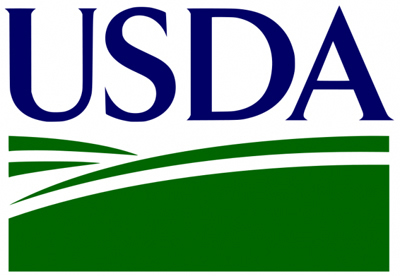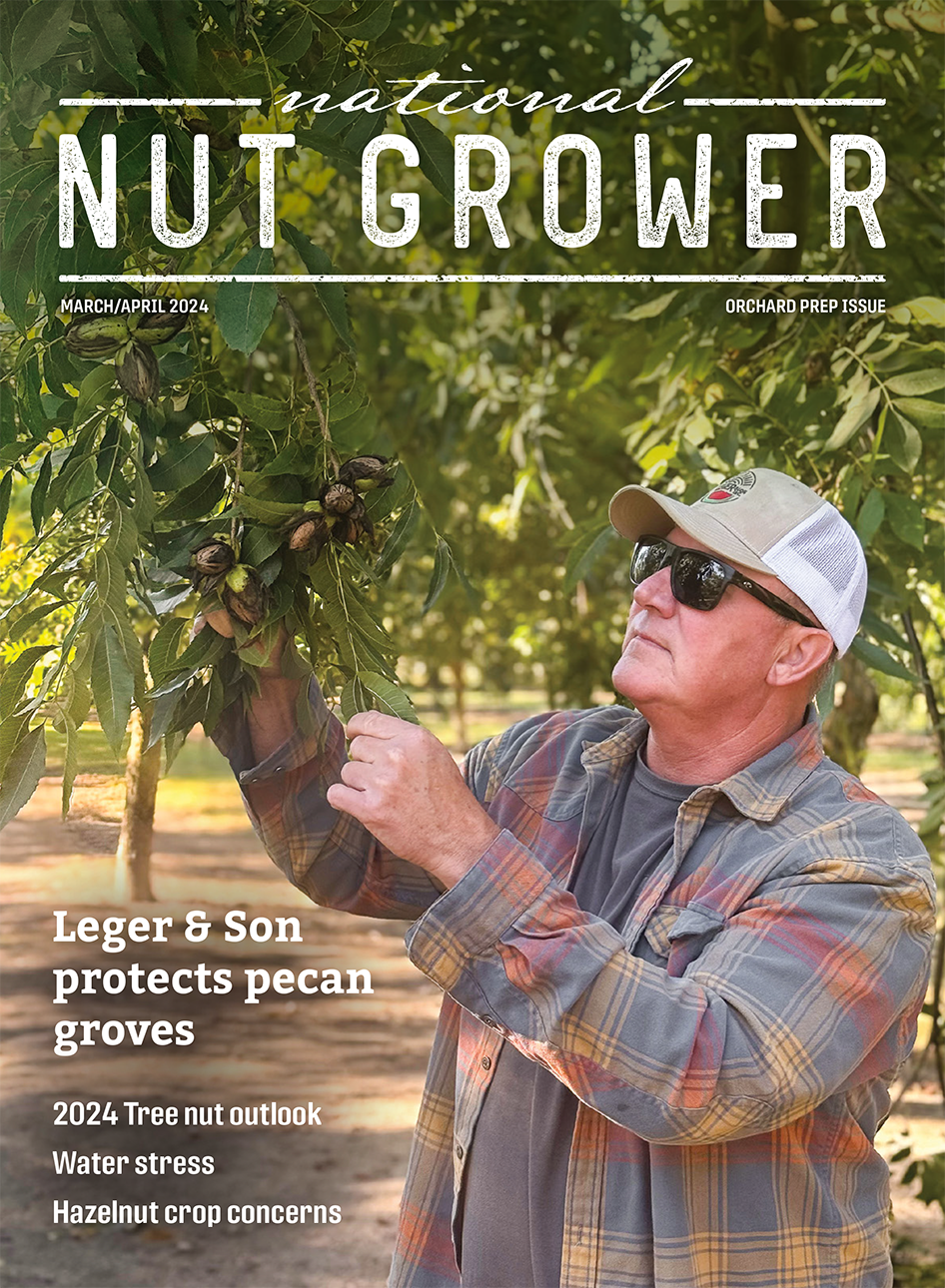
Jan 22, 202196% of US farms are family-owned, USDA finds
Family farms comprise 96% of all U.S. farms, account for 87% of land in farms, and 82% of the value of all agricultural products sold.
This is according to the 2017 Census of Agriculture Farm Typology report released today by the U.S. Department of Agriculture’s National Agricultural Statistics Service (NASS).
The farm typology report primarily focuses on the “family farm,” defined as any farm where the majority of the business is owned by the producer and individuals related to the producer. The report classifies all farms into unique categories based on two criteria: who owns the operation and gross cash farm income (GCFI). GCFI includes the producer’s sales of crops and livestock, fees for delivering commodities under production contracts, government payments, and farm-related income.
“Classifying America’s 2 million farms to better reflect their diversity is critical to evaluating and reporting on U.S. agriculture,” said NASS Administrator Hubert Hamer. “Typology allows us to more meaningfully explore the demographics of who is farming and ranching today as well as their impact on the economy and communities around the country.”
The data show that small family farms, those farms with a GCFI of less than $350,000 per year, account for 88% of all U.S. farms, 46% of total land in farms, and 19% of the value of all agricultural products sold. Large-scale family farms (GCFI of $1 million or more) make up less than 3% of all U.S. farms but produce 43% of the value of all agricultural products. Mid-size farms (GCFI between $350,000 and $999,999) are 5% of U.S. farms and produce 20% of the value of all agricultural products.
The data also show that the number of family farms decreased by 4% (almost 80,000 farms) since 2012. Large and mid-size family farms experienced steeper declines, decreasing 13% and 8%, respectively. Small family farms experienced a smaller decline (3%).
Other key findings from the 2017 Census of Agriculture Farm Typology report include:
- Southern and New England states have the highest share of small family farms. Midwestern and Northern Plains states have the lowest share. Conversely, the share of mid-size and large-scale farms is highest in the Midwest and Northern Plains states.
- Farm specialization varies by farm size. The majority (57%) of small family farms specialize in cattle (34%) or “other crops” such as hay and forage production (23%). Over half (53%) of mid-size farms specialize in grains and oilseeds. Large-scale family farms vary more in product specialization, though they are more likely than other family farms to specialize in dairy production or specialty crops.
- Small family farms account for 45% of all direct sales to consumers, compared to 17% for mid-size family farms and 23% for large-scale family farms.
- Compared to producers on mid-size and large-scale family farms, small family farm producers are more likely to be women, age 65 or older, and report being of Hispanic origin or a race other than white. They are also more likely to be new and beginning farmers (farmed 10 years or less) and to report having military service.
Access the full farm typology report and additional information such as maps and data Highlights on the NASS website. Typology data are also available in the NASS Quick Stats database.







